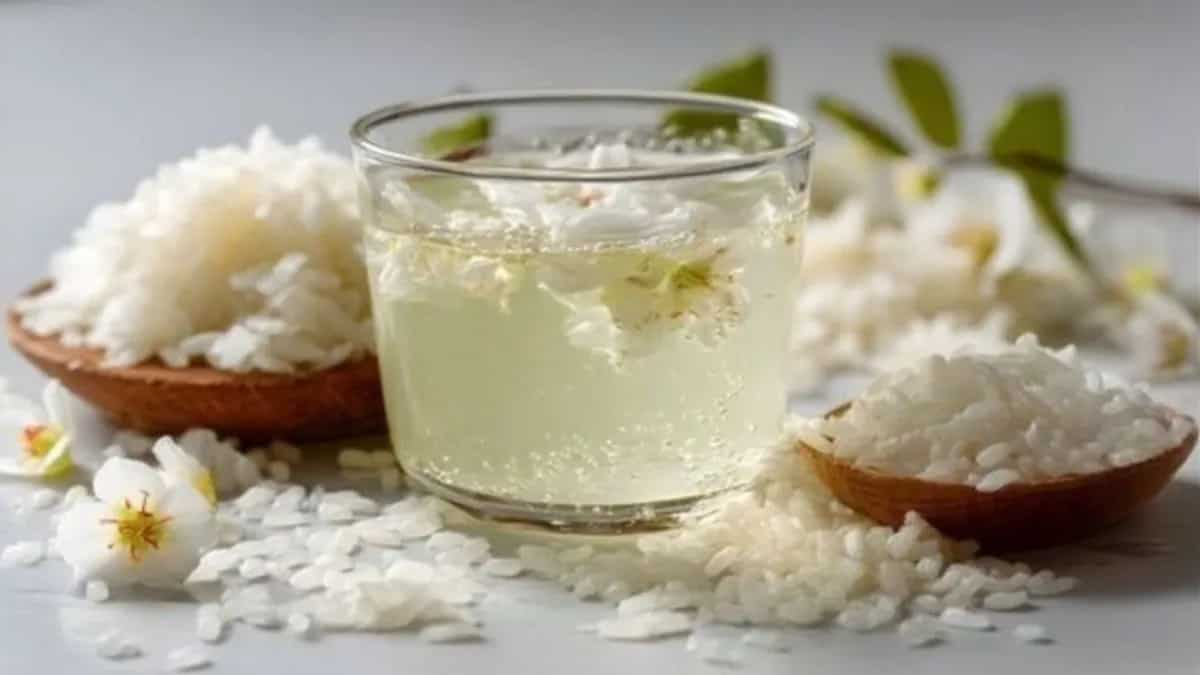
Rice has been central to South Asian diets for centuries, serving as both staple and symbol. When rice is cooked, the liquid left behind is filled with starch, flavour, and nutrients. Instead of being discarded, it has been embraced as food and drink across communities. The act of consuming rice water may seem simple, yet it reflects generations of lived wisdom. In India, several traditions are observed: kanji in Kerala and Tamil Nadu, ganji annam in Andhra Pradesh and Telangana, panta bhat in West Bengal, and pez in Goa and coastal Karnataka. These, however, form part of a much wider culture of rice water dishes that extend beyond the region.
Nutritional And Medicinal Value
The nutritional role of rice water has always been understood in households, even before scientific analysis. The starch provides fast energy, while trace nutrients from the grain make it restorative. As a food for the ill, rice water offers hydration and gentle nourishment. Mothers have relied on it as a safe transition food for infants, while elders turn to it during weakness. In agrarian communities, rice water was sometimes extended to livestock, valued for its energy content. Modern nutritionists also point to its benefits for hydration and electrolyte balance. This combination of simplicity, digestibility, and sustenance explains why rice water has lasted in food traditions.
Kanji In Kerala And Tamil Nadu
Kanji is deeply woven into the food culture of Kerala and Tamil Nadu. Usually made with red rice, known for its high fibre content, kanji is often served with small but nourishing accompaniments like roasted gram, pickle, or papadam. In Kerala, kanji with payar (green gram) is part of Vishu festival meals, symbolising renewal. In Tamil Nadu, kanji has been associated with Aadi month rituals, when it is offered as seasonal sustenance. Beyond ritual, kanji was the evening meal of choice for families who needed something filling but light. Its affordability and ease made it a mainstay for workers, while its digestibility kept it relevant across generations.
Ganji Annam In Andhra Pradesh And Telangana
Ganji annam is a household name in Andhra Pradesh and Telangana, where the word “ganji” refers directly to rice water. The dish can take the form of a thin gruel or a strained starchy drink, often mixed with curd or buttermilk. Farmers in these regions valued it for its cooling effect during long hours under the sun. It continues to be seen as a restorative food, given to children, elders, and those recovering from fever or weakness. Its simple preparation and nutritional qualities underline how rice water became more than sustenance, functioning as a form of everyday care.
Pez In Goa And Coastal Karnataka
In Goa and the Konkan belt of Karnataka, pez has long been the meal that carried fishing and farming households through difficult seasons. Prepared with parboiled rice, it is served as a soupy porridge alongside pickles, salted fish, or seasonal greens. In Goan Catholic homes, pez often formed the main morning or evening meal, establishing its place as a food of resilience and endurance. The Konkani word pez represents more than food; it reflects community identity and continuity. Oral histories in the region frequently refer to pez as the food that saw families through times of scarcity, shaping its reputation as both humble and essential.
More Rice Water Traditions Across India
Rice water appears in many other regions beyond kanji, ganji annam, and pez. In Odisha, pakhala is a fermented rice water dish eaten with onions, salt, or green chillies, often during hot summers. In Bengal and Assam, a similar preparation exists known as panta bhaat, sometimes flavoured with mustard oil and pickles. In Maharashtra, tandulache pej serves as a rice water gruel, often eaten with buttermilk. Karnataka has neeru ganji, where the drained rice water is consumed as a drink. In tribal belts of Chhattisgarh and Jharkhand, rice water is also fermented into lightly intoxicating drinks, showing how versatile this practice can be.
Rice Water Traditions Beyond India
Beyond Indian borders, rice water plays an equally important role. In Sri Lanka, kenda is a rice gruel prepared by boiling rice with coconut milk or plain water, sometimes flavoured with herbs like coriander or fenugreek. It has long been regarded as both breakfast and medicine, given to those recovering from illness. In Bangladesh, panta bhat remains a popular summer dish, eaten with mustard oil, onions, and green chillies, celebrated even during the New Year festival of Pohela Boishakh. In Nepal, jaulo is a rice and lentil gruel prepared with plenty of water, commonly served to the sick, the elderly, and infants. These variations mirror Indian traditions, showing a shared cultural knowledge across South Asia that rice water is both food and cure.
Across these countries, the role of rice water demonstrates continuity of tradition across climates and histories. Its presence in daily meals, rituals, and remedies marks it as one of the simplest yet most meaningful food practices that connects South Asia as a region.